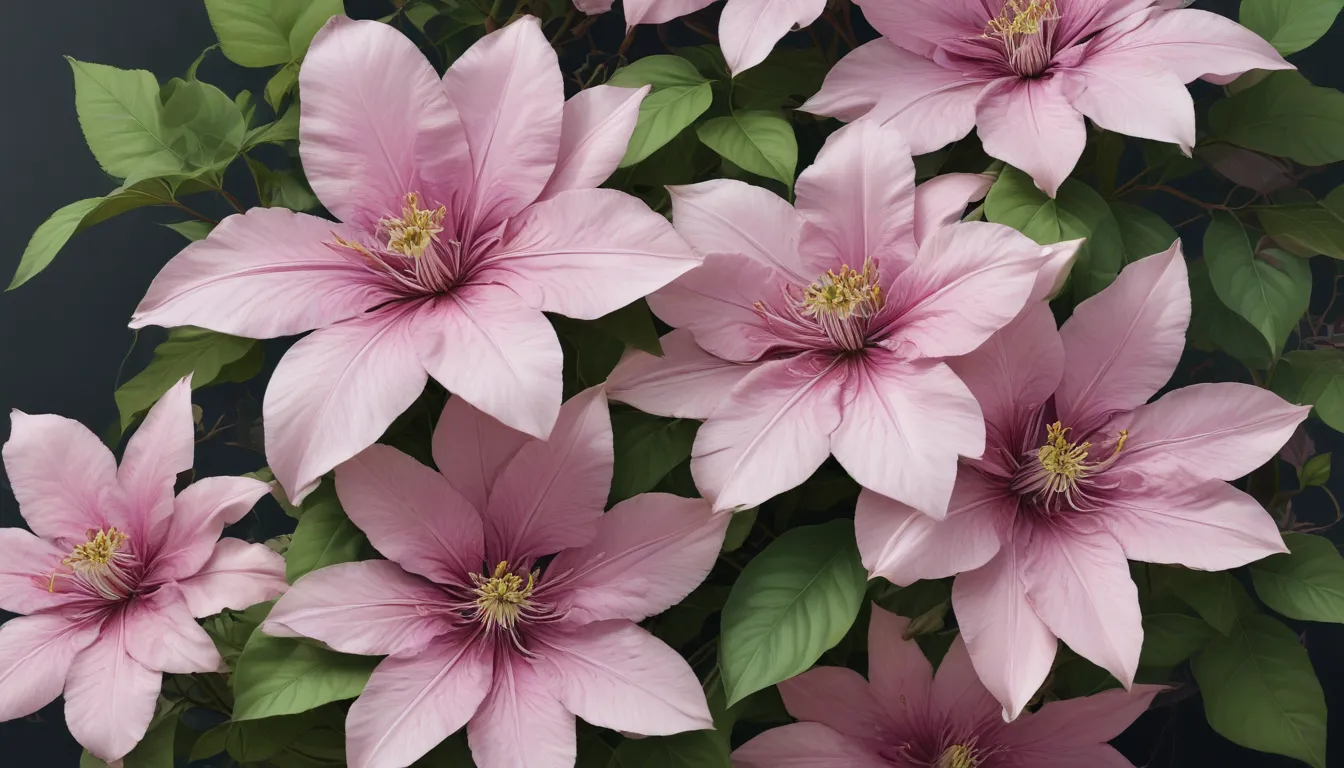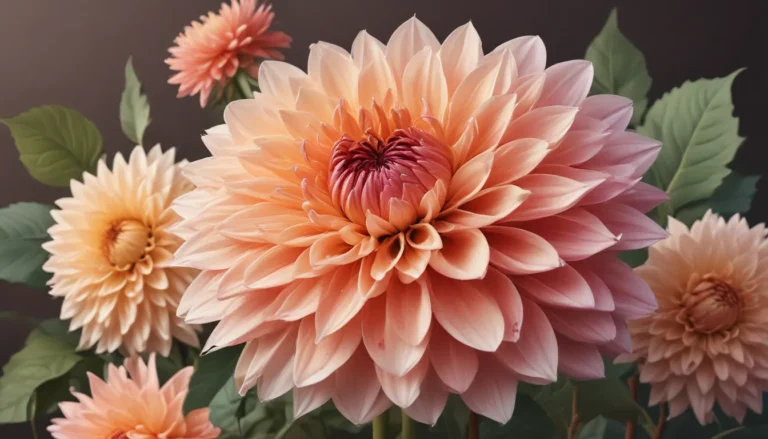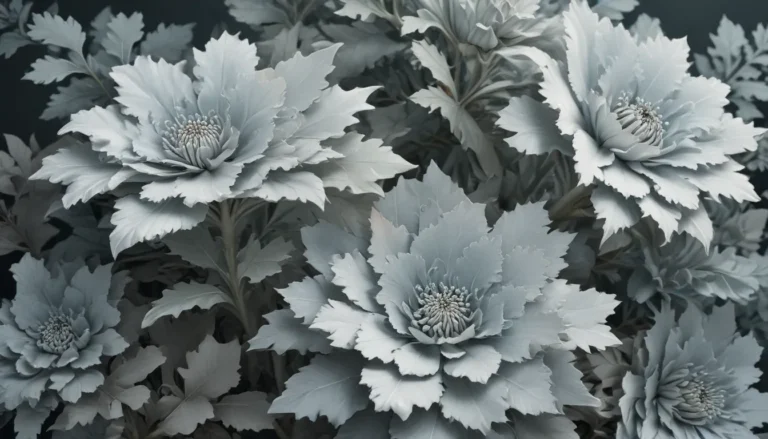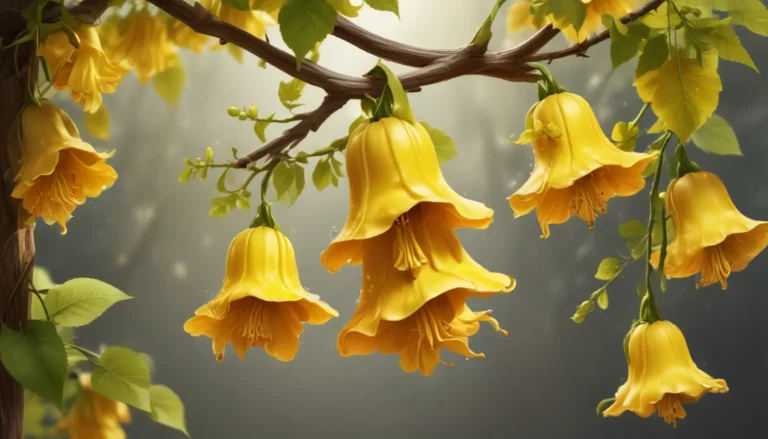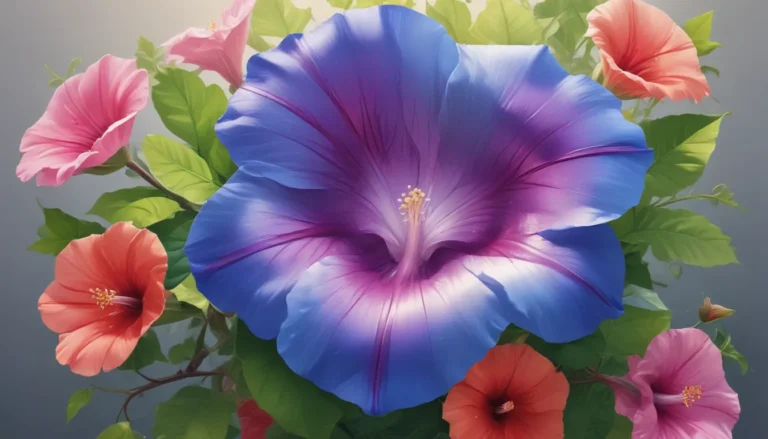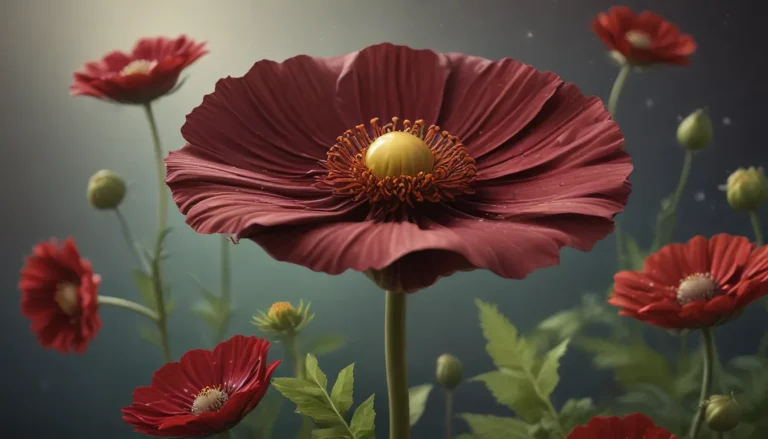The pictures we use in our articles might not show exactly what the words say. We choose these pictures to make you interested in reading more. The pictures work together with the words but don’t take their place. The words still tell you the important facts.
If you're a nature lover or an aspiring gardener, you're likely captivated by the beauty and diversity of plant species that adorn our world. Among these captivating plants is the clematis, a beloved flowering vine that never fails to mesmerize gardeners and flower enthusiasts with its stunning blooms and diverse varieties.
In this comprehensive guide, we will journey into the enchanting world of clematis and uncover 15 intriguing facts that will not only enhance your knowledge but also deepen your appreciation for this botanical wonder. From its origins and symbolism to its care and cultivation, there is much to learn about the fascinating clematis plant.
The Enchanting World of Clematis
Clematis, scientifically known as Clematis, belongs to the buttercup family, Ranunculaceae. With over 300 different species to its name, clematis offers a wide variety of beautiful flowers that come in an array of colors ranging from vibrant purples and blues to soft pinks and whites. This diversity makes clematis a stunning choice for vertical gardens and adding visual interest to any landscape.
Blooms and Growth Habits
The name "clematis" itself is derived from the Greek word "klématis," meaning climbing plant. This name is fitting, as many clematis varieties are known for their climbing and scrambling habit. Some clematis cultivars can reach impressive heights, with certain varieties like Clematis armandii able to grow up to 30 feet tall, making them excellent choices for covering fences, trellises, and walls.
Clematis flowers come in various shapes and sizes, from large and showy blossoms to delicate bell-shaped flowers, adding a diverse range of flower shapes and sizes to any garden. Additionally, clematis blooms in a wide range of colors, allowing you to find a variety that suits your color preferences, whether you prefer deep purples or soft pinks.
Cultivation and Care Tips
To ensure the optimal growth and establishment of your clematis plant, it is recommended to plant it in early spring or autumn. Provide well-draining soil rich in organic matter, and ensure regular watering to keep the soil evenly moist. Avoid overwatering, as excessive moisture can lead to root rot. Clematis can also be propagated through cuttings or layering, offering you the opportunity to expand your collection of these beautiful plants.
Symbolism and Attraction
In the language of flowers, clematis is a symbol of creativity and mental beauty. Its elegant flowers and climbing nature are associated with imagination and artistic expression. Beyond its symbolic meaning, clematis also attracts butterflies and bees to your garden, making it a valuable addition to pollinator-friendly gardens.
Gardening Tips and Tricks
Clematis is a popular choice for vertical gardening, thanks to its climbing nature. You can grow certain compact varieties of clematis in containers, making them suitable for small spaces like patios or balconies. To ensure healthy growth and abundant blooms, regular pruning is essential. Different pruning techniques are employed depending on the specific clematis group to which the plant belongs.
Conclusion: Embrace the Beauty of Clematis
In conclusion, clematis is a truly fascinating and diverse plant that captivates with its beauty, versatility, and intriguing characteristics. Whether you're an avid gardener looking to add flair to your backyard or a nature enthusiast interested in learning more about this enchanting plant, exploring the world of clematis is sure to captivate your senses.
So, go ahead and indulge in the world of clematis. Discover the multitude of varieties available, experiment with different growing techniques, and embrace the beauty and intrigue that this exceptional plant offers. With its captivating blooms, unique growth habits, and impressive adaptability, clematis is indeed a botanical wonder worth exploring and appreciating.
FAQs: Your Clematis Questions Answered
- How do I care for a Clematis plant?
-
Clematis plants require well-drained soil, ample sunlight, and regular watering. Provide support such as a trellis or fence for climbing and remember to prune for healthy growth.
-
Can Clematis plants be grown in pots?
-
Yes, Clematis plants can be grown in pots. Use a large container, well-balanced potting mix, and provide regular watering and proper drainage for optimal growth.
-
Are Clematis plants invasive?
-
No, Clematis plants are not typically considered invasive. However, ensure you choose the right type for your space to prevent vigorous growth.
-
When is the best time to prune Clematis plants?
-
Pruning times vary based on the variety. Early-flowering Clematis should be pruned after flowering, while late-flowering types can be pruned in early spring.
-
Can I grow Clematis from seeds?
- Yes, Clematis can be grown from seeds, but it can be a challenging process. For reliable results, consider purchasing established plants or propagating through cuttings or layering.
Explore and Learn with Us
At [Your Gardening Website], we are committed to delivering trustworthy and engaging content that enriches your knowledge and appreciation for the natural world. Each fact shared on our site is contributed by real users like you, ensuring diverse insights and reliable information. Explore the captivating world of plants with us and discover the endless wonders that nature has to offer.
